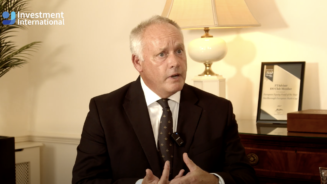Ten of the world’s most popular investor immigration schemes
By International Adviser, 17 Nov 15
With investor immigration programs rapidly rising in popularity around the world, the Global Investor Immigration Council publishes its latest report giving an overview of a number of investor visa schemes.
Canada, a pioneer of residence by investment, launched its Immigrant Investor Program in 1986.
In the late 1990s the minimums were increased to C$800,000 net worth and C$400,000 investment and in 2010 they were doubled to C$1.6 million net worth and C$800,000 investment.
In its early days, the program became popular with wealthy residents of Hong Kong, many of them anxious about the agreed 1997 handover from British to Chinese rule.
The program was also extremely popular with citizens of Taiwan, themselves wary of relations with China.
Uptake for the program was lower from the mid-1990s to the mid-2000s, averaging around 1,350 principal applicants and 3,680 family members per year.
Applications from 2005 have been higher, with an average of around 2,630 main applicants and 6,880 family members per year.
In July 2012, the federal government suspended the program, and, in February 2014, having cleared only part of the backlog of applications, announced it was closing the program, eventually cancelling 65,000 backlogged applications and refunding application fees.
Introduced in its place was a business skills program and a venture capital program, of which only the latter could be close to being deemed to be a true investor immigration program.
Even then, the program, known as the Immigrant Investor Venture Capital Pilot Program, is prohibitive to many prospective immigrant investors.
Investors are required to be proficient in English or French, have a tertiary education, have proven business experience, have a net worth of C$10m, and be willing to invest C$2m in a non-guaranteed 15-year venture capital fund.
Tags: Visa





